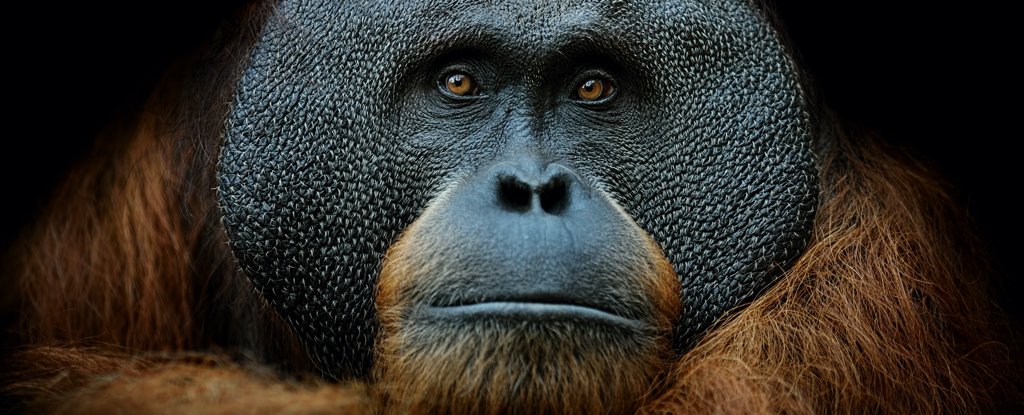Products You May Like
To the innocent eyes of animals, the appearance of humans on the horizon represents more of an existential threat than the vast environmental upheaval of previous climate change up until now, new research suggests.
According to a new study, mammal extinctions tracing back as far as 126,000 years ago have had more to do with the negative impacts of humanity than any past climate factors, which themselves appear to predict past extinctions no better than random chance.
Worse still, calculations suggest this deadly by-product of human existence is a phenomenon that’s accelerating to speeds never before seen in prehistory, with mammal species die-offs calculated to reach even faster rates as we approach the 22nd century.
“Based on current trends, we predict for the near future a rate escalation of unprecedented magnitude,” explains the research team, led by first author and computational biologist Tobias Andermann from the University of Gothenburg in Sweden, in a new paper.
Using Bayesian modelling, the researchers sought to statistically evaluate whether mammal species extinctions during the past 126,000 years – since the beginning of the Late Pleistocene – were more likely attributable to anthropogenic or to climatic factors.
In that timeframe, at least 351 mammal species have gone extinct, although some 80 of these actually died out in just the last half-millennia or so, since the year 1500 CE.
Based on the new calculations, the team says current extinction rates today are around 1,700 times higher than they were at the outset of the Late Pleistocene.
Under the new rate we see today, the researchers say we could expect to see the known figure of 351 extinctions since then repeat in just another 810 years – whereas it took 126,000 years the first time.
Looking back through all that time, the data suggest the single greatest hypothetical cause of past extinctions is human kind, with human population density (as a single predictor) explaining mammalian extinction patterns with 96 percent accuracy, while human land occupation predicts extinctions with 97.1 percent accuracy.
“Climate predictors, on the other hand, lead to very low accuracy values, such as global temperature with 63.6 percent accuracy… and the rate of temperature change with 60.2 percent accuracy,” the authors write.
“In reality, the causes of extinctions are more complex and are not expected to be fully dependent on a single variable. Yet, our results show that human population growth and associated processes had a strong effect on mammal extinctions, while global climatic patterns, such as the last glacial maximum, leave no statistically detectable trace in the extinction record.”
While the team acknowledges that trying to condense complex biological phenomena like extinctions down to a single discernible factor is an exercise in oversimplification, they nonetheless conclude the human impact has substantial predictive power when trying to attribute causation.
A number of anthropogenic factors could be involved, the researchers think, including intensive hunting pressure, land use, ecosystem modifications, and other “cascading effects that result from human impact on the natural world”.
Most alarming of all is when the researchers model what the future might look like: anticipating up to 558 new species extinctions by the end of this century, at which point the rate of extinctions could be up to 30,000 times faster than what it was at the beginning of the Late Pleistocene.
“By the year 2100, we predict all areas of the world to have entered a second wave of extinctions,” the researchers write, noting that in some parts of the world, the transition is already evident.
“We find that Australia and the Caribbean in particular have already today entered the second extinction wave based on the extinctions that have occurred during the past decades. This shows that, although our predicted future rates and associated biodiversity losses are shockingly high, they are within a realistic range, since we can already see these future scenarios being manifested in parts of the world.”
Given the highly abstract nature of these simulations, not all of these predictions can be expected to come true. These are, after all, just estimates based on mathematical calculations.
But to whatever extent these horrific numbers are a crystal ball, we must not delay in acting upon what we can see inside it, the researchers say, to prevent this reality from materialising further.
“We can save hundreds of species from extinction with more targeted and efficient conservation strategies,” Andermann says.
“But in order to achieve this, we need to increase our collective awareness about the looming escalation of the biodiversity crisis and take action to combat this global emergency. Time is pressing.”
The findings are reported in Science Advances.
